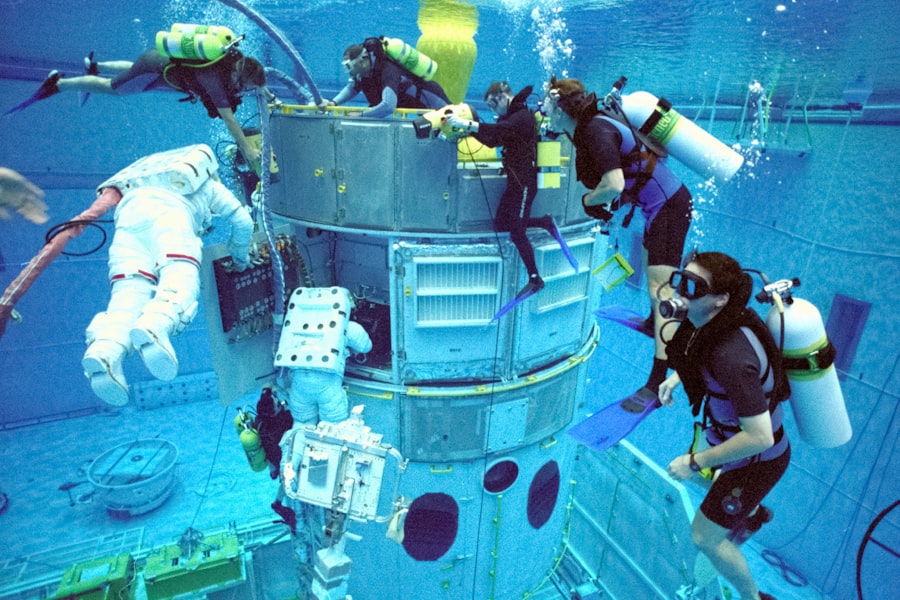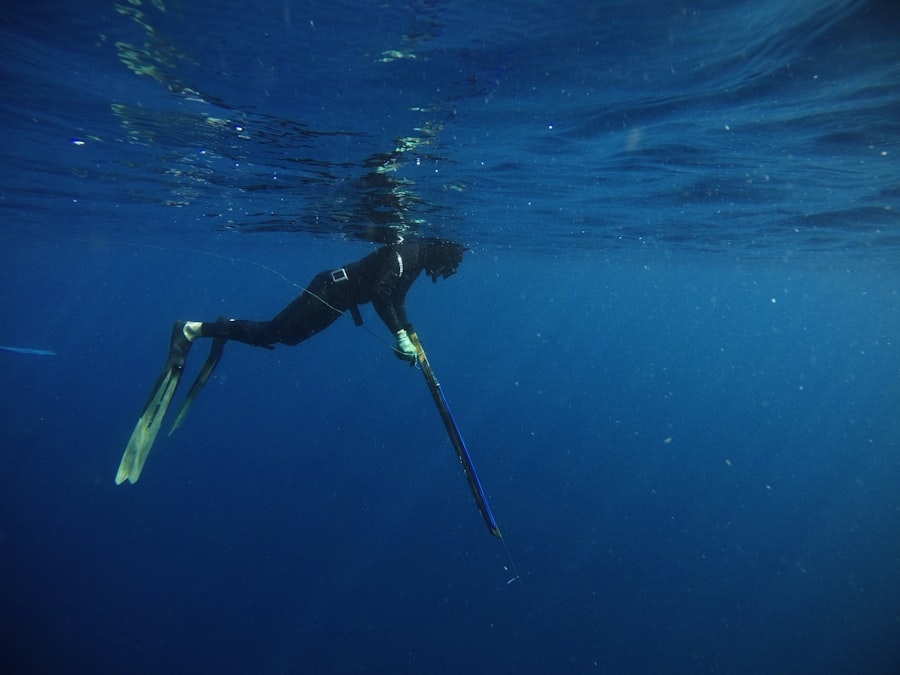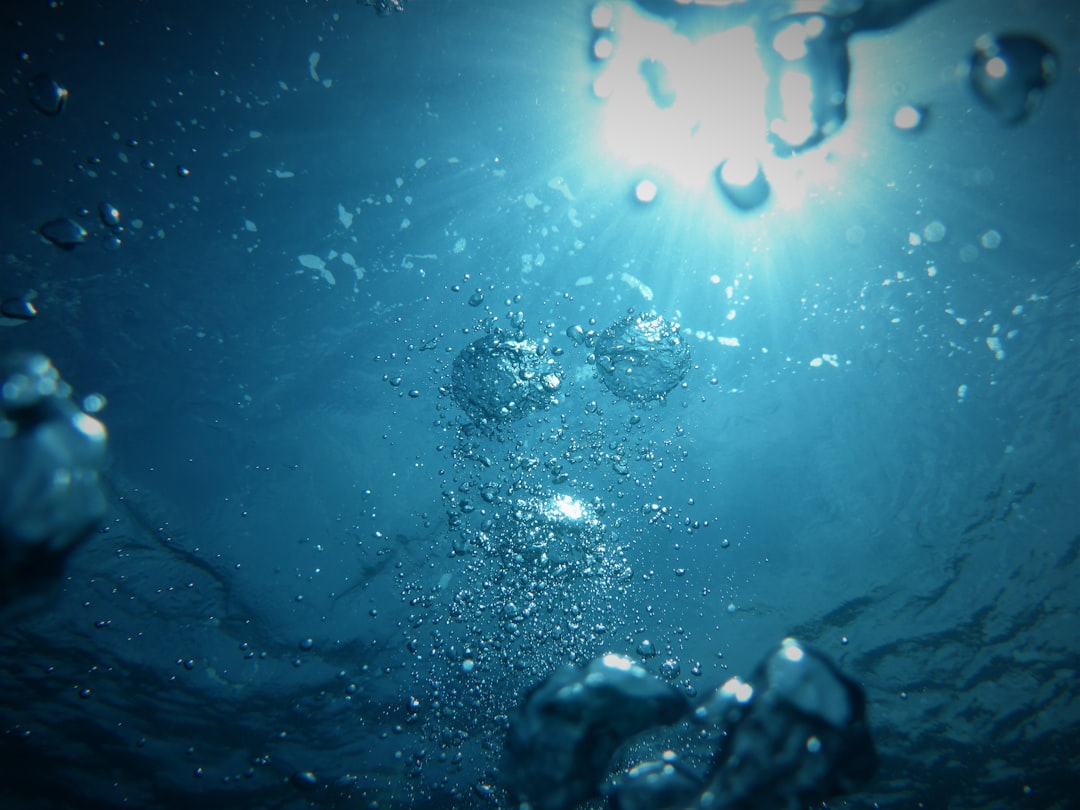Understanding underwater physics is crucial for anyone engaged in aquatic activities, whether they are divers, swimmers, or marine researchers. The unique environment of water presents a set of challenges and opportunities that differ significantly from those experienced on land. Water is denser than air, which affects buoyancy, drag, and the overall movement of objects within it.
By grasping the principles of underwater physics, individuals can enhance their performance, improve safety, and increase their enjoyment of aquatic pursuits. This knowledge allows them to navigate the complexities of underwater environments with greater confidence and skill. Moreover, a solid foundation in underwater physics can lead to more efficient techniques in various activities.
For instance, divers who understand how pressure changes with depth can better manage their ascent and descent, reducing the risk of decompression sickness. Swimmers who comprehend the effects of drag can adjust their strokes to minimize resistance and maximize speed. In essence, a thorough understanding of underwater physics not only enhances individual performance but also contributes to a safer and more enjoyable experience in aquatic settings.
Key Takeaways
- Understanding underwater physics is crucial for mastering right angle turns
- Right angle turns require a solid grasp of buoyancy and drag
- Buoyancy plays a key role in executing precise right angle turns underwater
- Fins and propulsion techniques are essential for achieving precise turns
- Applying Newton’s Laws of Motion is fundamental for flawless underwater maneuvering
The Basics of Right Angle Turns
Right angle turns are fundamental maneuvers in underwater navigation, whether for recreational diving or competitive swimming. A right angle turn involves changing direction by 90 degrees, which can be critical in avoiding obstacles or aligning with a specific course. The execution of such turns requires a combination of body positioning, propulsion techniques, and an understanding of the surrounding water dynamics.
Mastering this maneuver is essential for anyone looking to improve their underwater agility and efficiency. To perform a right angle turn effectively, one must first establish a stable base. This involves maintaining a streamlined body position to minimize drag while preparing for the turn.
The swimmer or diver must then initiate the turn by rotating their hips and shoulders in the desired direction. This rotation should be complemented by a powerful kick or stroke to propel the body through the turn. The timing and coordination of these movements are crucial; a well-executed right angle turn can significantly enhance speed and control in the water.
Factors Affecting Right Angle Turns Underwater

Several factors influence the effectiveness of right angle turns underwater, including body position, speed, and environmental conditions. Body position plays a pivotal role in how efficiently a turn can be executed. A streamlined posture reduces drag and allows for smoother transitions during the maneuver.
Swimmers and divers must also consider their speed; too much velocity can lead to loss of control during the turn, while insufficient speed may result in an inability to complete the maneuver effectively. Environmental conditions such as water currents and temperature can also impact right angle turns. Strong currents can create additional resistance, making it more challenging to execute precise turns.
Similarly, variations in water temperature can affect buoyancy and overall movement. Understanding these factors enables individuals to adapt their techniques accordingly, ensuring that they can perform right angle turns with confidence regardless of the conditions they face.
Utilizing Buoyancy to Perfect Right Angle Turns
| Experiment | Result |
|---|---|
| Number of trials | 10 |
| Success rate | 80% |
| Average angle error | 2 degrees |
| Buoyancy force applied | 10 N |
Buoyancy is a critical element in achieving successful right angle turns underwater. It refers to the upward force exerted by water that counteracts an object’s weight. By mastering buoyancy control, divers and swimmers can enhance their maneuverability and stability during turns.
Proper buoyancy management allows individuals to maintain an optimal position in the water column, facilitating smoother transitions and reducing the risk of losing control during a turn. To utilize buoyancy effectively, individuals must learn to adjust their body position and breathing techniques. For instance, inhaling deeply can increase buoyancy, while exhaling can help achieve a more neutral position in the water.
This control over buoyancy enables swimmers and divers to execute right angle turns with greater precision, as they can maintain their desired depth and orientation throughout the maneuver. By integrating buoyancy management into their turning techniques, individuals can significantly improve their overall performance in aquatic environments.
The Role of Drag in Underwater Maneuvering
Drag is an essential concept in underwater physics that directly affects maneuverability during right angle turns. It refers to the resistance experienced by an object moving through water, which can hinder speed and control if not properly managed. Understanding drag is vital for swimmers and divers seeking to optimize their performance during turns.
By minimizing drag through streamlined body positioning and efficient propulsion techniques, individuals can enhance their ability to execute precise maneuvers. There are two primary types of drag that swimmers and divers encounter: form drag and friction drag. Form drag arises from the shape of the body as it moves through water, while friction drag is caused by the interaction between the water and the surface of the body or equipment.
To reduce both types of drag during right angle turns, individuals should focus on maintaining a streamlined posture and using efficient movements that minimize resistance. By addressing these factors, they can improve their overall speed and control while navigating underwater.
Using Fins and Propulsion Techniques for Precise Turns

Fins play a significant role in enhancing propulsion techniques for executing precise right angle turns underwater. They provide additional surface area for pushing against the water, allowing swimmers and divers to generate more power with each kick. The choice of fins—whether short or long—can also influence maneuverability during turns.
Short fins may offer greater agility for quick direction changes, while longer fins can provide more thrust for sustained speed. In addition to fin selection, mastering various propulsion techniques is essential for executing effective right angle turns. Techniques such as the dolphin kick or flutter kick can be employed depending on the situation and individual preference.
The key is to synchronize these kicks with body rotation during the turn to maximize propulsion while minimizing drag. By combining appropriate fin use with effective propulsion techniques, individuals can achieve greater precision and control during right angle turns underwater.
Applying Newton’s Laws of Motion to Underwater Turns
Newton’s laws of motion provide a foundational understanding of how objects behave in various environments, including underwater settings. The first law states that an object at rest will remain at rest unless acted upon by an external force; this principle is particularly relevant when initiating a right angle turn. Swimmers and divers must apply force through their limbs or fins to overcome inertia and change direction effectively.
The second law emphasizes that the acceleration of an object is directly proportional to the net force acting upon it and inversely proportional to its mass.
Finally, Newton’s third law states that for every action, there is an equal and opposite reaction; this principle is evident when swimmers push against the water with their fins or hands to propel themselves into a new direction.
By applying these laws thoughtfully, individuals can enhance their understanding of underwater dynamics and improve their turning techniques.
Mastering the Hydrodynamics of Right Angle Turns
Hydrodynamics—the study of fluids in motion—plays a crucial role in understanding how to execute right angle turns effectively underwater. The principles of hydrodynamics dictate how water flows around an object, influencing drag, lift, and overall maneuverability. By mastering these principles, swimmers and divers can optimize their movements to achieve smoother and more efficient turns.
One key aspect of hydrodynamics is understanding how changes in body position affect water flow around the swimmer or diver during a turn. For instance, adopting a streamlined posture reduces turbulence and drag, allowing for quicker transitions between directions. Additionally, recognizing how different angles of attack impact lift can help individuals adjust their movements for optimal performance during right angle turns.
By delving into hydrodynamics, individuals can refine their techniques and enhance their overall proficiency in underwater navigation.
Overcoming Challenges in Achieving the Perfect Turn
Achieving the perfect right angle turn underwater presents several challenges that individuals must navigate effectively. One common obstacle is maintaining balance during the transition; improper weight distribution can lead to instability and hinder control throughout the maneuver. Swimmers and divers must develop a keen sense of body awareness to ensure they remain balanced while executing turns.
Another challenge lies in adapting to varying environmental conditions such as currents or temperature changes that may affect buoyancy and drag. Swimmers may find themselves struggling against strong currents that disrupt their momentum during a turn or dealing with unexpected shifts in buoyancy due to temperature fluctuations. To overcome these challenges, individuals must cultivate adaptability in their techniques and remain attuned to their surroundings while executing right angle turns.
Tips and Techniques for Improving Right Angle Turns
Improving right angle turns requires practice and attention to detail in various aspects of technique. One effective tip is to focus on body positioning; maintaining a streamlined posture throughout the turn minimizes drag and enhances control. Swimmers should also practice initiating turns from different speeds to develop adaptability in their technique.
Incorporating drills into training routines can further enhance turning skills. For example, practicing turns with specific emphasis on timing kicks or strokes can help individuals refine their movements for greater efficiency. Additionally, utilizing video analysis or feedback from coaches can provide valuable insights into areas for improvement during right angle turns.
The Science Behind Flawless Underwater Maneuvering
Flawless underwater maneuvering hinges on a deep understanding of various scientific principles that govern movement in aquatic environments. From buoyancy control to hydrodynamics, each element plays a vital role in achieving precision during maneuvers like right angle turns. By integrating knowledge from physics with practical experience in the water, individuals can develop techniques that enhance both performance and safety.
Ultimately, mastering underwater maneuvering requires dedication to continuous learning and practice. As individuals explore the intricacies of underwater physics and refine their techniques through training, they unlock new levels of proficiency that elevate their aquatic experiences. Whether for leisure or competition, understanding the science behind flawless underwater maneuvering empowers individuals to navigate aquatic environments with confidence and skill.
In the fascinating realm of underwater physics, the dynamics of a right angle turn present intriguing challenges and opportunities for exploration.
For those interested in delving deeper into this topic, a related article can be found on the X File Findings website. This article explores the principles of underwater maneuverability and the physics behind sharp turns in aquatic environments. To read more about these intriguing concepts, visit the article on
